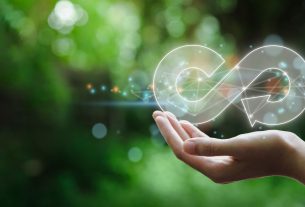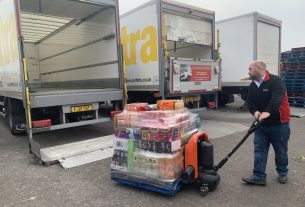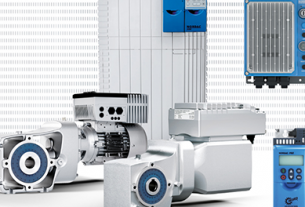Reaching 90 per cent circularity by 2030 is a tough goal, but global engineering company, Sandvik, is committed to making the shift. To help reach this target, Sandvik has initiated a project to buy scrap from its customers to turn it into new premium products.
The project, run together with Sandvik’s strategic partner Stamicarbon, aims to recycle high alloy steel using a buy-back solution that decommissions old equipment in customers’ urea plants and retrieves the recyclable material.
Based in the Netherlands, Stamicarbon has been at the forefront of developing and licensing technology for the urea industry since 1947. The company first partnered with Sandvik over 30 years ago, to develop a material that could withstand the harsh environment of the fertiliser industry.
One of the first cases for the project involved buying back a heat exchanger from a urea plant in the Netherlands in late 2019. Following a positive outcome, the buy-back scheme will now be included as part of a package for all new fertilizer customers when replacing equipment parts at their plants. Sandvik and Stamicarbon are also exploring ways to standardise the collection and recycling of high-quality metals for the future, hoping to inform other businesses on how to improve their asset management and circularity.
The buy-back program offers a win-win situation for Sandvik’s fertilizer customers, who have the opportunity to recoup some of the investment they made when initially buying the equipment, while benefiting from an onsite decommissioning service. The concept also aligns with Sandvik’s own business goals, as the company aims to reach 90 per cent in production system circularity by 2030.
“At Sandvik, we have a commitment to using engineering and innovation to help us advance towards a more sustainable business model,” explains Mats W Lundberg, sustainable business manager at Sandvik Materials Technology. “Sustainability provides an opportunity for new ways of thinking and working — but this doesn’t mean everything needs to be new. By reconsidering how we manage our existing resources, we can incentivise our customers to recycle their used equipment, while improving our own efficiency.
“Knowing that the scrap consists entirely of Sandvik’s premium material will facilitate raw material handling in the steel mill, making the process simpler and more effective”.
And it isn’t just Sandvik and its customers that are benefiting from the project. Stamicarbon also recognises the advantages of the circular economy.
“We see this as a valuable addition to our full-lifecycle service, one that will certainly separate us from our competitors. By helping our clients take the hassle out of the disposal of old equipment, so wrapping this service into our proposals for replacement equipment benefits everyone involved”, explains Joey Dobrée, product portfolio manager at Stamicarbon.
One of the key problems a urea plant faces is corrosion, as the ammonium carbamate that the method produces can damage its reactors and disrupt the entire process. Coincidently, the heat exchanger bought back from the Netherlands plant was built using Sandvik’s Safurex® tubes.
These tubes use a high-alloy duplex stainless steel that has been specially developed to withstand corrosion from carbamate solutions. The fact the heat exchanger was made using this materials was a further bonus for the project, as it provided further opportunity to evaluate how well the Safurex materials resists corrosion in this application.
As business across the supply chain need to find ways to improve their sustainability, offering a buy-back solution will provide Sandvik, Stamicarbon and their customers with a winning solution — allowing each business to make the most of its assets.
For more information about Sandvik and Stamicarbon’s buy-back scheme, visit the website.





